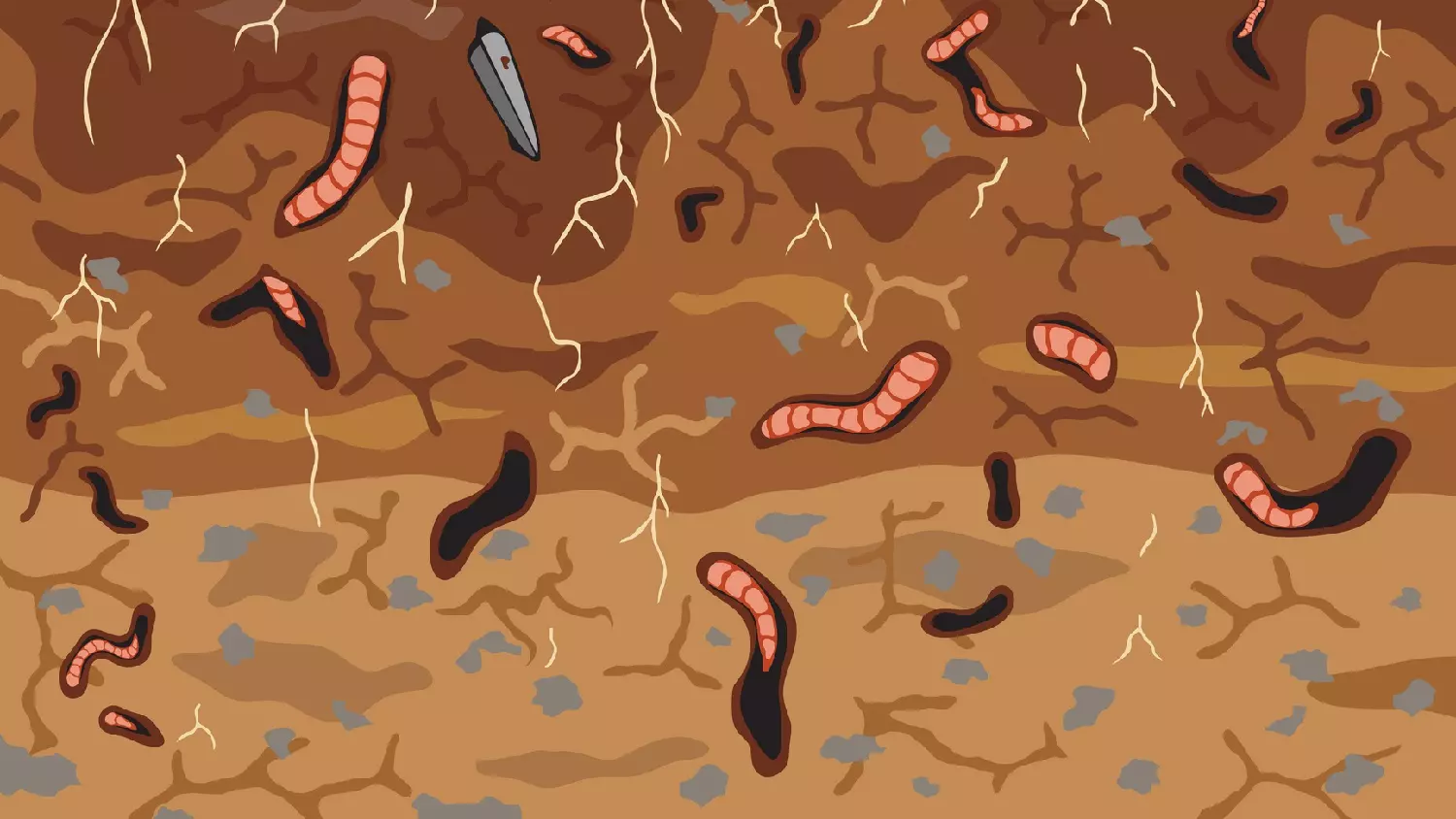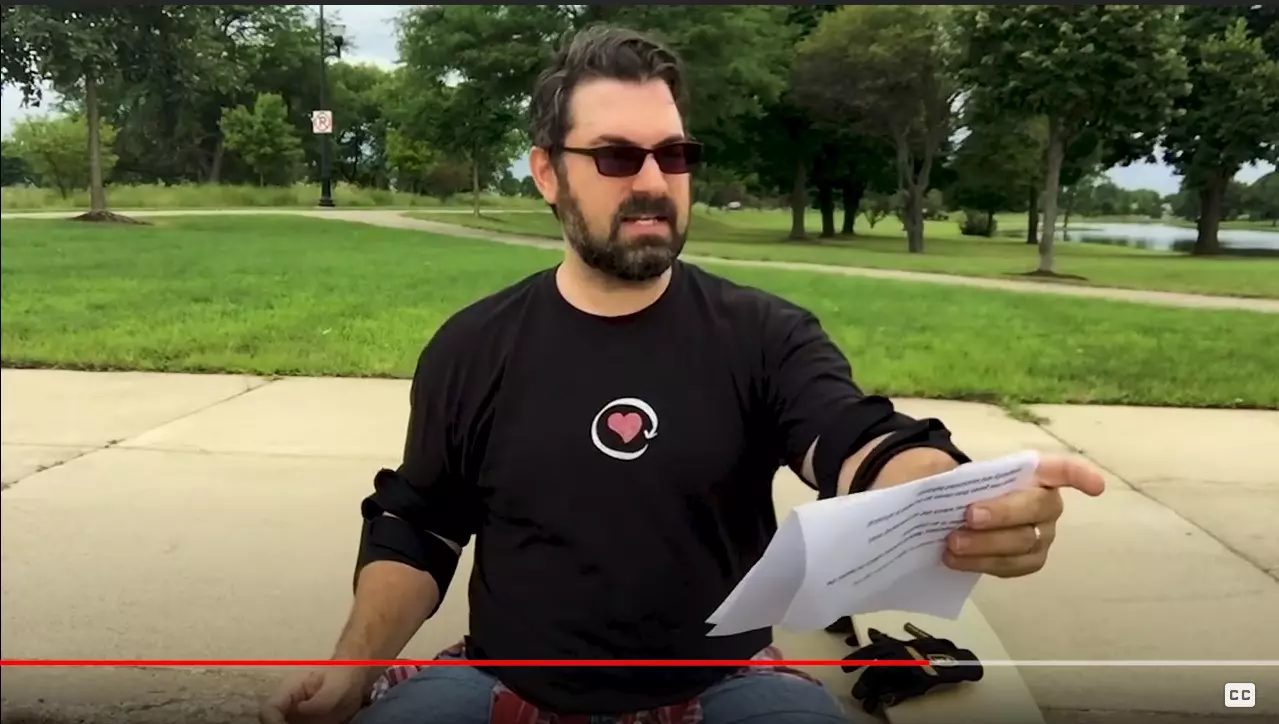While telescopes here on earth are capable of observing the distant reaches of the Universe, we often have conditional circumstances that impair our view.
Light pollution from major highways, towns, or cities is a frequent challenge. Atmospheric conditions are constant difficulties, and include not only rain and clouds, but also dust or water vapor, the most common cause of stars appearing to “twinkle” or “blink”.
Heat caused by seasonal change can affect photos taken, and obstructions on the horizon, such as trees, buildings, or mountains can often block our view of the sky.
This is where space-bound telescopes have a major advantage. Space telescopes like the Hubble, Chandra, or Spitzer have none of these problems as they orbit above the atmosphere, in an ideal environment for photographing the Universe.
While most amateur scopes are measured by the diameter of the primary mirror in millimeters or inches, the Hubble Space Telescope has a primary mirror of almost 8 feet! This allows for the collection of massive amounts of light, and has produced incredible photos of the universe for decades.
New technology will allow us to see better and farther, and ultimately, it will likely uncover more difficulties with the big bang theory and cosmic evolution.
I’m David Rives…
Truly, The Heavens Declare the Glory of God.
LIKE David’s FB page here: http://www.facebook.com/DavidRivesMinistries
FOLLOW us on Twitter: http://twitter.com/TheDavidRives
VISIT our official website for tons of free information: http://www.davidrivesministries.org
David Rives MUSIC: http://www.davidrivesmusic.com
For the TBN show “Creation in the 21st Century”: http://www.creationinthe21stcentury.com




